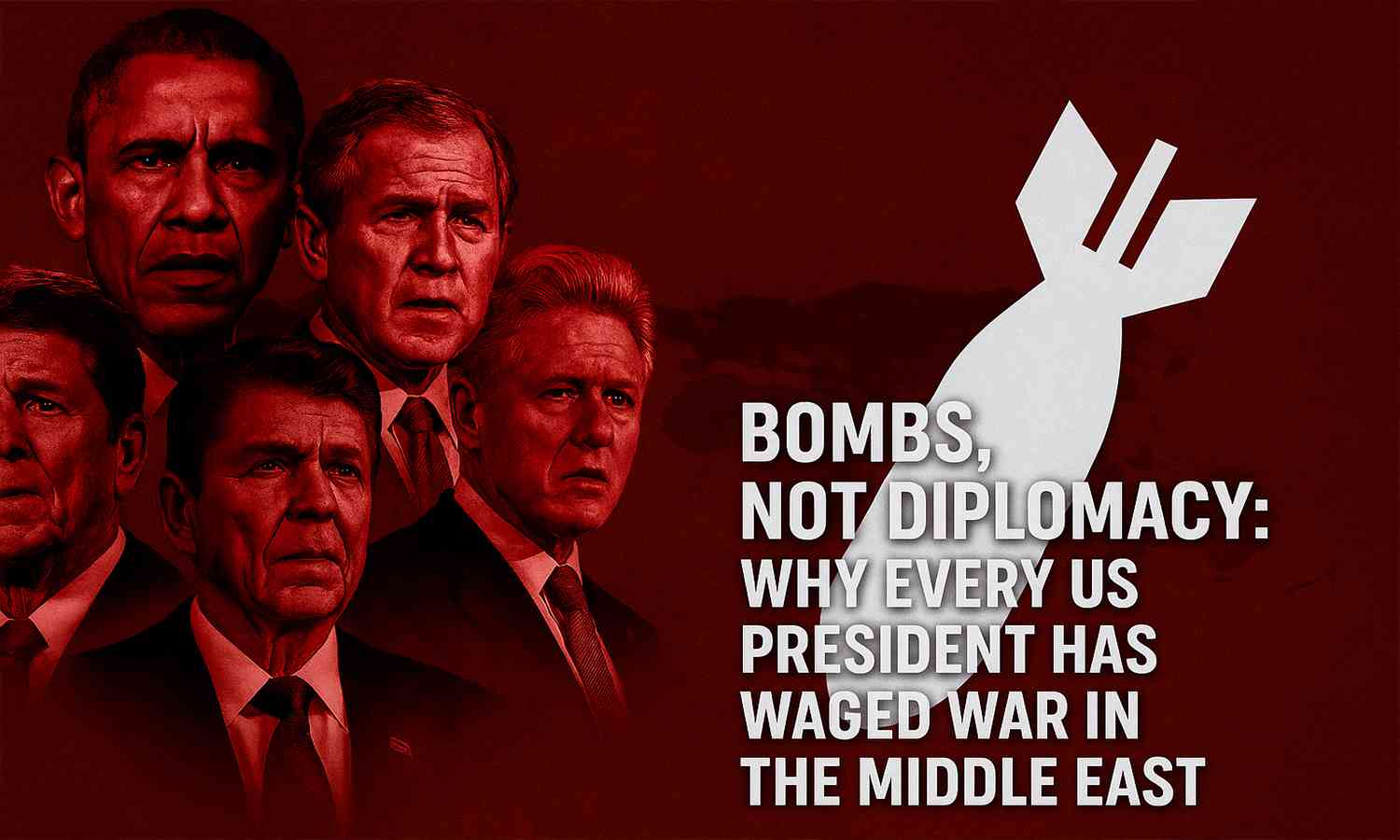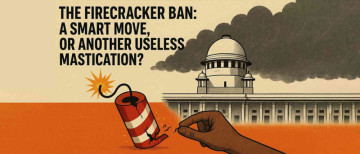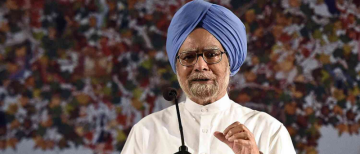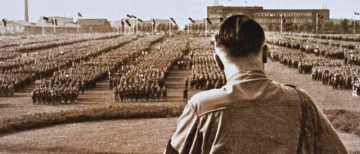It has become an unspoken truth in global politics: every modern American president has, at some point, bombed the Middle East. From Baghdad to Benghazi, Damascus to Tehran, each commander-in-chief has left behind a trail of devastation dressed in the language of democracy, freedom, or national security. The names change, the justifications evolve — but the missiles keep falling.

The most recent example is perhaps the most brazen. In June 2025, Donald Trump, now in his second term, took to social media to proudly confirm that the United States had launched strikes on three nuclear facilities in Iran — Fordow, Natanz, and Isfahan. Declaring the mission a “spectacular success”, Trump claimed the attacks had eliminated Iran’s nuclear capability, and he added, somewhat theatrically, that Ayatollah Khamenei was “an easy target” — albeit spared “for now”.
This open declaration marked a dangerous new chapter in an already tense region. Yet it also fits neatly into a decades-long tradition — one where America’s answer to Middle Eastern complexity has consistently been airstrikes, not understanding.
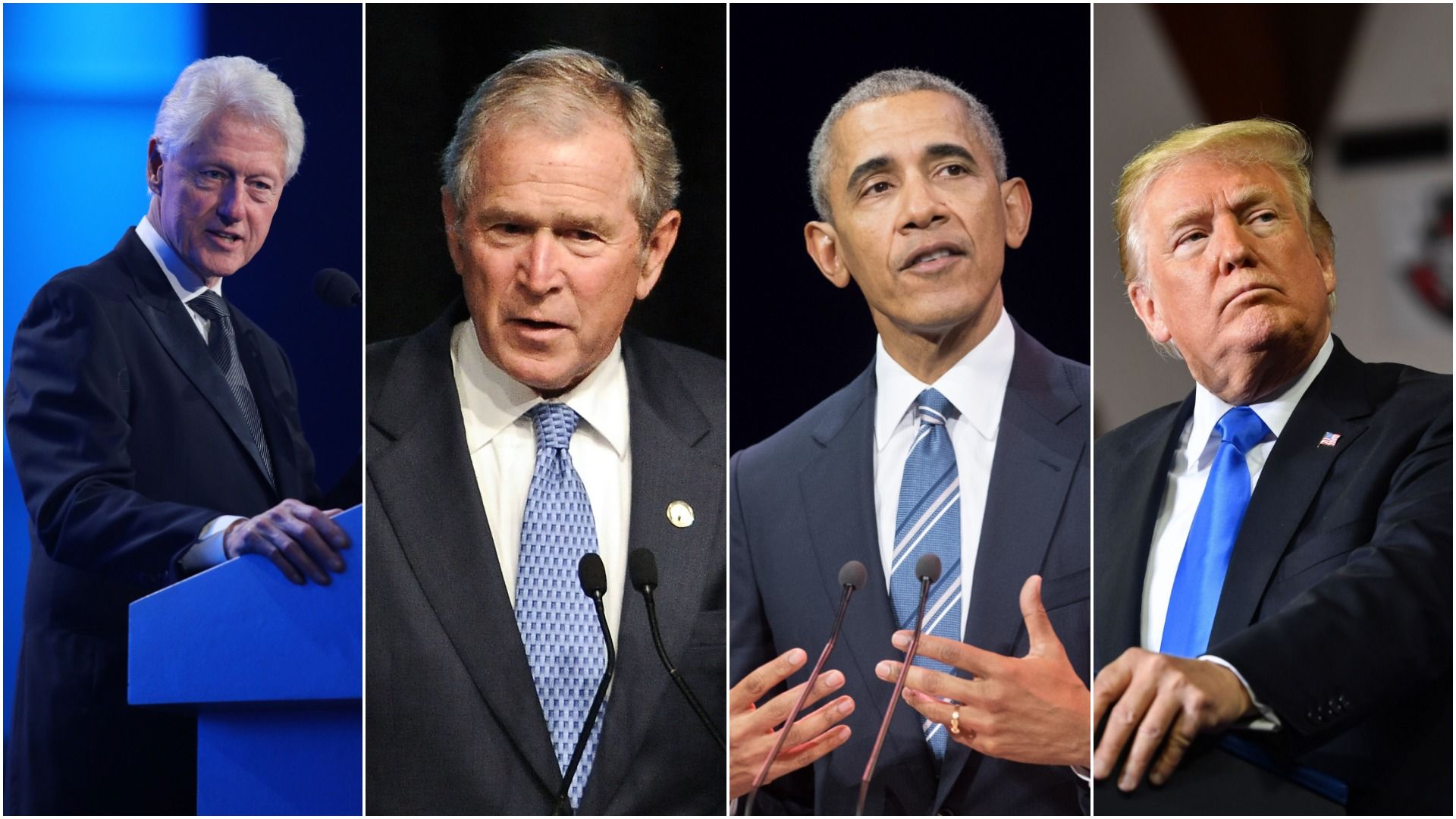
From Biden to Bush: A Timeline of Bombs
Joe Biden, hailed as a steady hand in American politics, nonetheless greenlit airstrikes in Syria and Iraq within his first few months in office in 2021. These included attacks on Iranian-backed militias in the Syria-Iraq border region, framed as responses to drone threats against US personnel. Meanwhile, under his watch, American arms continued to flow to Saudi Arabia, despite its brutal campaign in Yemen, where thousands of civilians have perished under coalition bombs, many of them supplied or maintained by US contractors.
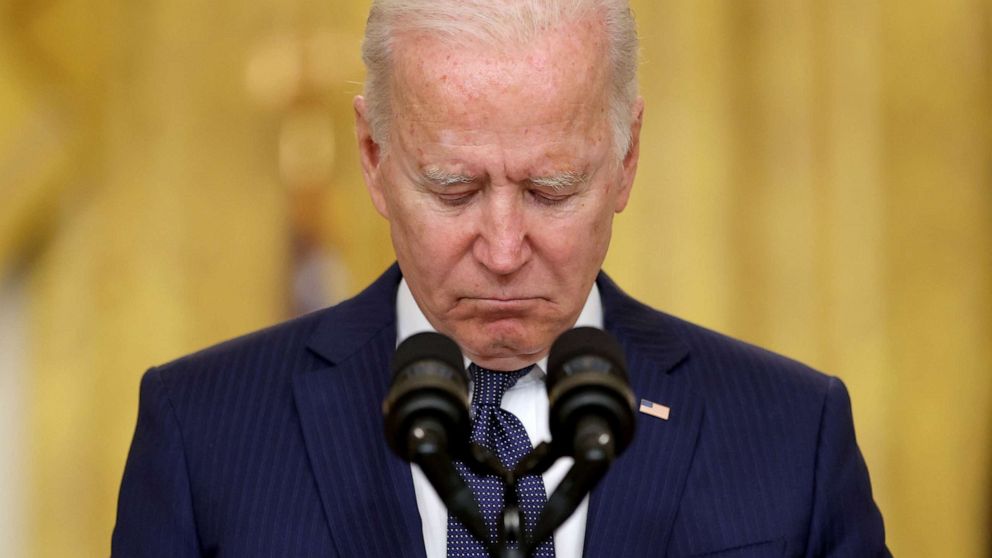
Trump’s first presidency (2017–2021) was marked by his aggressive use of military force. In 2017 and 2018, he ordered cruise missile strikes on Syria, following reports of chemical weapon use. But the most incendiary moment came in January 2020, when he authorised a drone strike in Baghdad that killed Iranian General Qassem Soleimani, dramatically escalating tensions between the US and Iran.

Barack Obama, despite receiving the Nobel Peace Prize, presided over an extraordinary expansion of drone warfare. His administration carried out thousands of strikes in Pakistan, Yemen, Somalia, and Afghanistan, often in secret, with civilian deaths buried beneath classified reporting. In 2011, Obama led the NATO intervention in Libya, resulting in the toppling of Muammar Gaddafi — and leaving the country in chaos. His final year in office saw over 26,000 bombs dropped across seven nations, according to independent estimates.
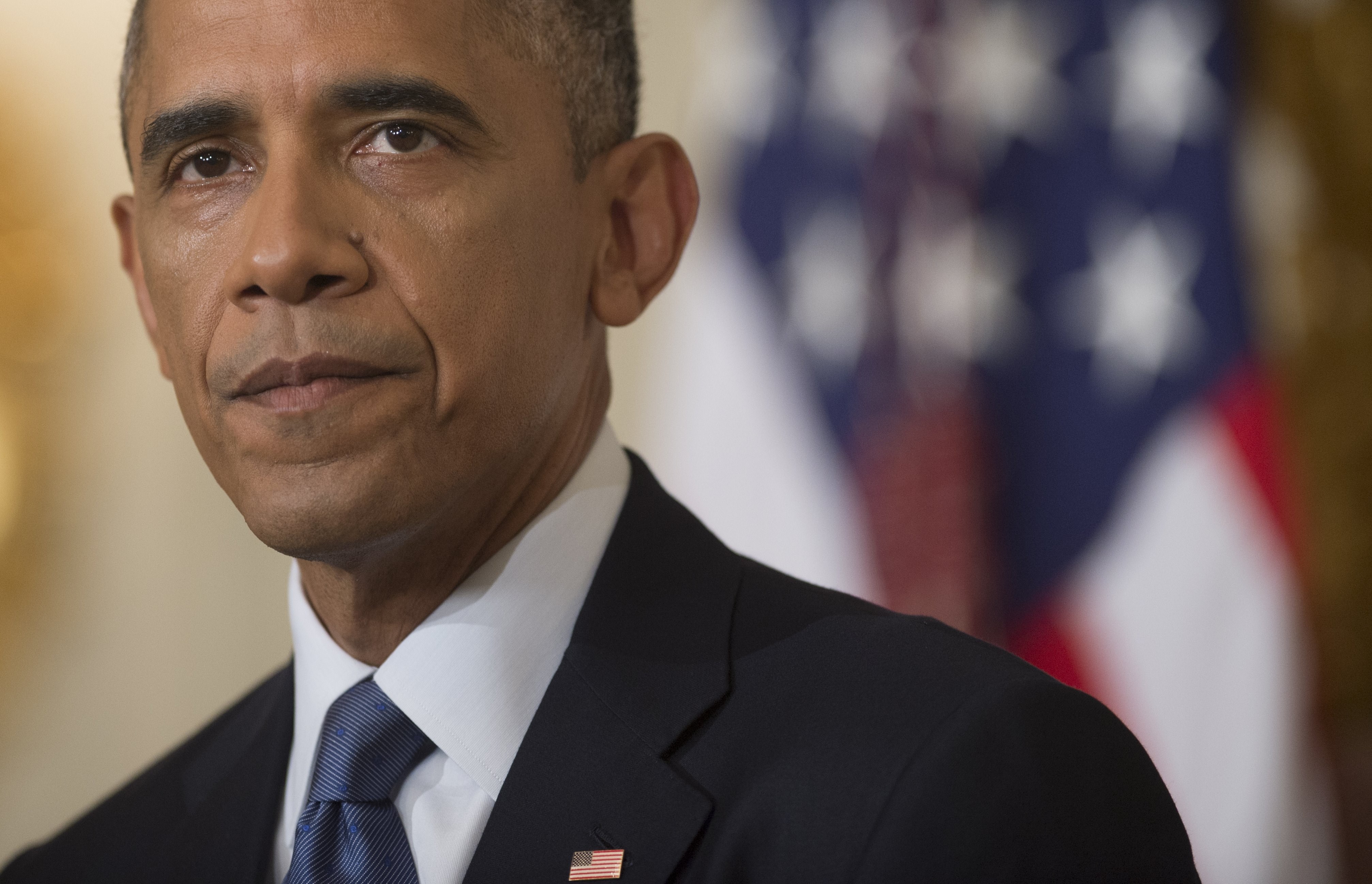
Under George W. Bush, the Middle East was transformed into an open warzone. Following the 9/11 attacks, Bush invaded Afghanistan in 2001 and Iraq in 2003, claiming to rid the region of terrorism and “weapons of mass destruction” — the latter of which were never found. His wars led to the deaths of hundreds of thousands and destabilised the region for generations.

But even before Bush the younger, the pattern was well established. Bill Clinton ordered airstrikes on Iraq in 1998 as part of Operation Desert Fox, purportedly in response to Saddam Hussein’s obstruction of weapons inspectors. He also struck Sudan, destroying a pharmaceutical plant wrongly accused of producing chemical weapons, and Afghanistan, where he missed Osama bin Laden by hours.

George H. W. Bush, in 1991, led the first Gulf War, unleashing weeks of aerial bombardment over Iraq, crippling its infrastructure and leaving the country’s civilian population without access to clean water or power. And Ronald Reagan, in 1986, ordered the bombing of Libya, allegedly in retaliation for a Berlin nightclub bombing. The airstrikes killed dozens, including Gaddafi’s adopted daughter, and injured his sons.

A Policy of War Dressed in Diplomacy
Across administrations — Republican or Democrat, hawkish or moderate — the Middle East has been a stage for American power projection. Successive leaders have described their interventions as “limited”, “targeted”, or “defensive”. Yet the outcomes are all too familiar: civilian casualties, destabilised governments, and the ever-deepening scars of foreign occupation. The tragic irony lies in the fact that every justification used to wage these wars — from counterterrorism to democracy promotion — has done little to reduce extremism or foster stability. In many cases, they have done quite the opposite.
The moral inconsistencies are striking. When Russia bombs Ukraine, it is rightly condemned. But when America bombs Syria, Iraq, or Iran, the language changes. We are told it is “necessary”, “strategic”, or “in the interests of global security”. The double standards of international diplomacy are no longer subtle — they are structural.

A Culture of Impunity
What’s most concerning is that this endless cycle of intervention has become routine. New presidents inherit old wars. Others begin their own. Civilian deaths are brushed off as regrettable, unavoidable, or classified. War, for Washington, has become both policy and habit. The Middle East, however, is not a laboratory for American weaponry. It is home to millions — people who live, grieve, and suffer every time another bomb falls under the pretext of justice. These are not footnotes in policy briefs. They are human lives, forever altered.

A Neverending Nightmare
There’s no denying that the Middle East is beset with its own internal strife. But the idea that the United States has some divine mandate to intervene militarily, time and again, has caused far more harm than good. Its actions have not been acts of liberation — they have too often been acts of control, wrapped in illusion. Unless we begin to challenge this pattern — unless the international community starts holding all nations to the same standard of accountability — then the bombs will keep falling. New presidents will make the same old decisions. And peace will remain as distant as ever.

With inputs from agencies
Image Source: Multiple agencies
© Copyright 2025. All Rights Reserved Powered by Vygr Media.

